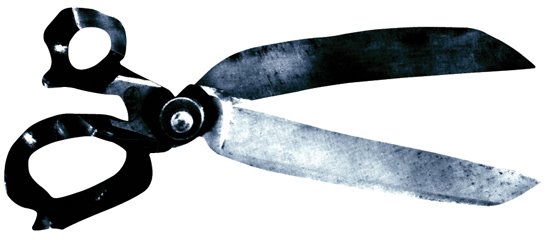
For us the right way goes easy on the shrink effect since skin tight, at least on men's jeans, isn't what we're after. But washing your jeans the right way absolutely brings them to life, magnifies character and personalizes the fit. Ali had worn his long enough that they were nearly able to walk around on their own, and that's about the minimum time to wait before washing if you want to generate the best character lines and natural color contrasts afterwards.
Here's our advice. It's easy: 1. Cold water with natural soap powder. 2. Invert your jeans and slide them in. 3. Hand wash and enjoy the process, work the fabric, swish 'em around, exercise a little finesse. 4. Dump the soapy/dirty wash-water and reload with another helping of cold cold water as a rinse. 5. Rinse the same way you washed. 6. Handwork the jeans as they're submersed. 7. Pull 'em out, wring them out, turn them back the right-side-out and hang them vertically to dry. 8. -But before you walk away and let science, nature and evaporation do their thing, take one more pass at handworking the damp jeans into shape. Work through the seams and creases, shape the legs and get 'em expressing the attitude you like. 9. Then walk away and let nature take its course.
OR... Follow the technique of Sir Bob of Butcher of Blue (and Denham) who puts even more punk into the process. Check it out HERE























